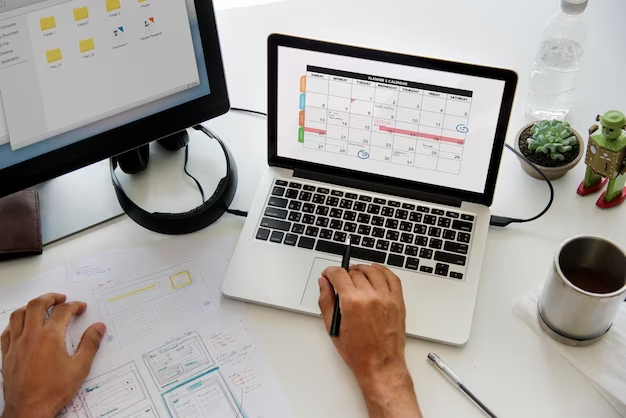HR Insights for the Future of Work
Be inspired by trends, stories, and smart solutions to cut admin and boost employee engagement.
HRM (34)
employee scheduling (25)
Management (22)
Time-tracking (15)
Absence Management (13)
Regulations (11)
Policies (7)
Payroll (6)

Absence Management
Are Companies Required to Pay Out PTO? Understanding the Laws
Rinaily Bonifacio
8 April 2025

Absence Management
How to Respond When an Employee Calls in Sick: Best Practices and Tips
Rinaily Bonifacio
7 April 2025

Regulations
FAQ: Can salary workers get overtime? Everything Employers Must Know
Rinaily Bonifacio
10 April 2025

Policies
How to Create a Clocking In and Out Policy That Works + Free Template
Rinaily Bonifacio
7 April 2025

Time-tracking
Employee Forgot to Clock In or Out? Here’s What Happens & How To Fix It
Rinaily Bonifacio
13 March 2025

Time-tracking
How Many Work Hours In a Year Explained - A Detailed Guide
Rinaily Bonifacio
4 March 2025

employee scheduling
End of Shift Report: What to Include For a Smooth Handover
Rinaily Bonifacio
3 March 2025

Absence Management
Why Employees Are Calling in Sick When Denied Vacation & How To Stop It
Rinaily Bonifacio
11 March 2025

Regulations
Is The 'Use it or Lose it' Vacation Policy Legal? What Employers Need to know
Rinaily Bonifacio
27 February 2025

HRM
The Different Types of Employment: How They Work and When To Use Which
Rinaily Bonifacio
5 March 2025

Absence Management
Can You Use Sick Days for Vacation? A Guide on the Rules and Risks
Rinaily Bonifacio
12 March 2025

Absence Management
Personal Days vs Sick Days: How to Manage Them Effectively
Rinaily Bonifacio
12 March 2025